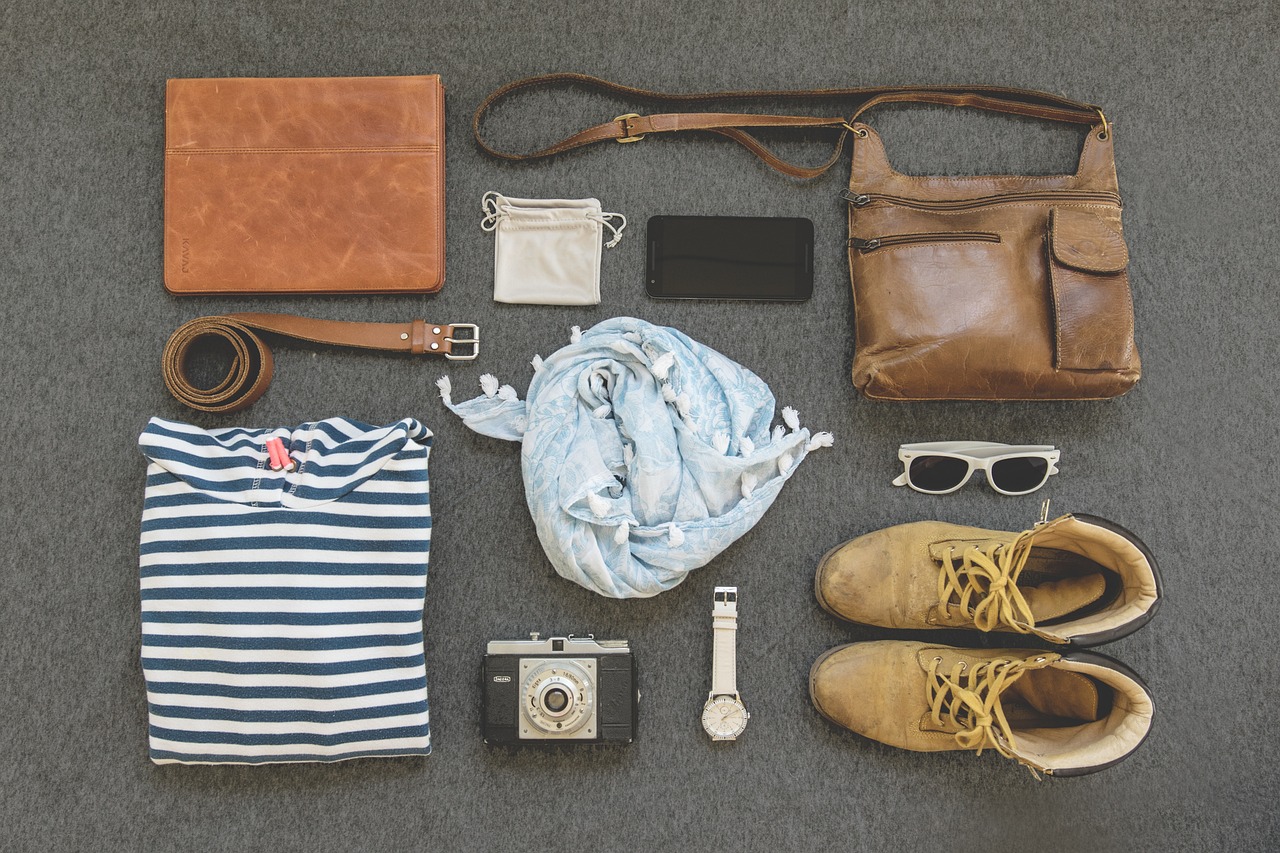What Fashion E-Commerce and Tech Experts Need to Know
This month, BoF Careers offers important industry insights to help e-commerce and technology experts decode the creative and commercial landscape of fashion.
1. The Race to Build the Best Generative AI Platform for Fashion Design
Practically from the moment AI-powered image generators like DALL-E and Midjourney became popular, their potential for fashion was clear. They could allow designers to produce photorealistic renderings of their ideas in seconds with just a text input. […] However, a new wave of startups is developing generative AI tools tailored to the specific needs of fashion, hoping to make their software a staple of designers’ workflows. Among them is Raspberry, currently in a funding round led by investors like Khosla Ventures—the first external investor in OpenAI. And Greycroft Partners, which has supported companies like Goop and The RealReal and raised $4.5 million.
“We really differentiate ourselves from Midjourney, Stable Diffusion, and DALL-E,” said Cheryl Liu, founder and CEO of Raspberry. “The results are much easier to manufacture, more appealing, and simply things that you could start selling right away.” […] Raspberry offers AI editing, allowing a user to quickly change details on a garment like sleeve length, convert 2D flat sketches into photorealistic renderings and vice versa. Additionally, it enables merging images while keeping the silhouette of a fashion item stable. This helps the user visualize the fashion piece in different patterns or fabrics.
2. For Luxury E-Commerce, It’s Even Worse Than It Looks
Last year was particularly tough for players in luxury e-commerce. Farfetch was on the verge of collapse until it was acquired at the last minute by Coupang, a South Korean e-commerce giant that provided $500 million in emergency funding. Sales at Yoox Net-a-Porter dropped by 10 percent in the six months from April to September, according to Richemont. And while privately held Ssense does not disclose its financial metrics, it started 2023 with layoffs, indicating its own struggles.
The challenges for multi-brand online luxury sellers in the fashion industry are not easy to fix. In a November report to clients, analysts examined the “consumer of the future” and its impact on various industries. Fashion aggregators—i.e., large multi-brand retailers—face several challenges: Consumers primarily form emotional connections with brands, giving brands most of the power; consumers are already overwhelmed by choice, a problem that aggregators only exacerbate; and as for the shopping journey, consumers now turn to social media for inspiration and product discovery, a role once fulfilled by aggregators.
3. How Pinterest’s “Inclusive AI” Moves Users to Shop
Marginalized groups haven’t always seen images of people with their features when searching for ideas online. Pinterest, which built its base of nearly 500 million users largely as a place to find and save inspiration, sees artificial intelligence as at least a partial solution. The company introduced AI-powered filters for skin tone in 2018. This allows users to search for images of people with the same skin tone or body type as them. Pinterest has also introduced a separate filter for hair patterns that filters images of people based on their hair structure.
The company’s “inclusive AI” automates what would be a tedious process of sifting through 5 billion images. Pinterest also sees it as a way to expand social commerce. Personalization attracts more Gen Z users, who have higher expectations for personalized content. Since they find the inspiring content they want, they are also more likely to click on Pinterest’s shoppable “product pins”. These take users directly to a retailer’s website to make a purchase.
You can find the remaining tips for fashion e-commerce and technology experts on White Paper and the Frasers Group in the Business of Fashion article.
